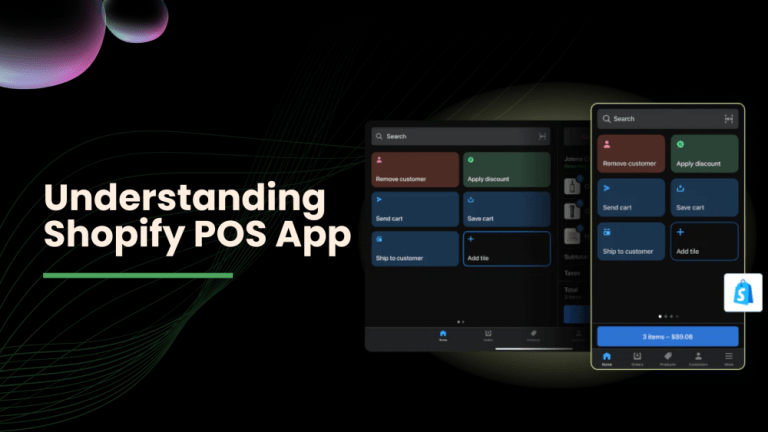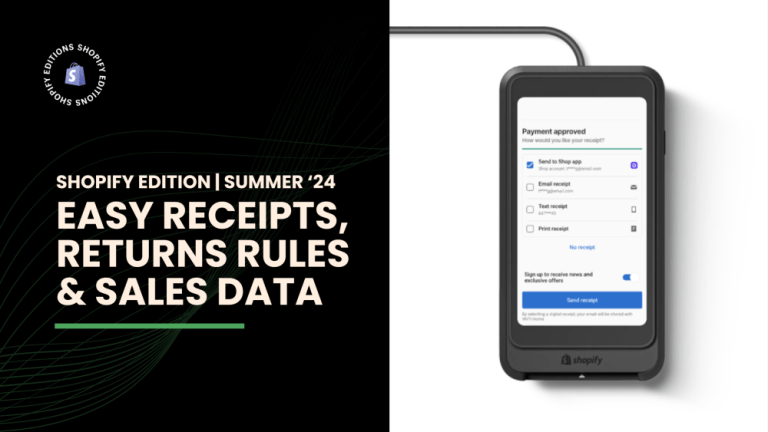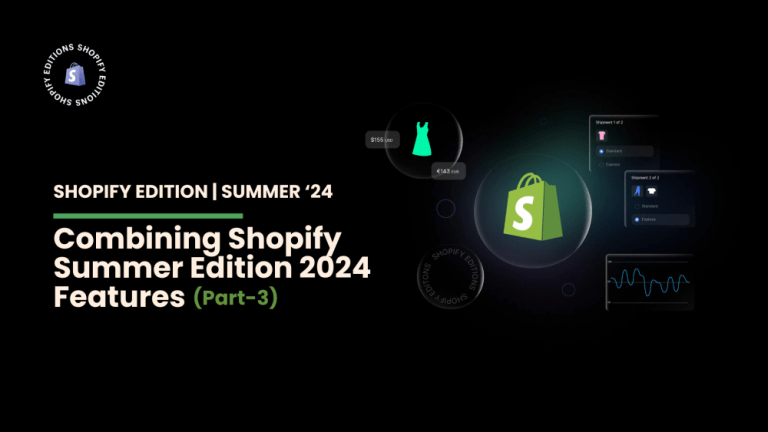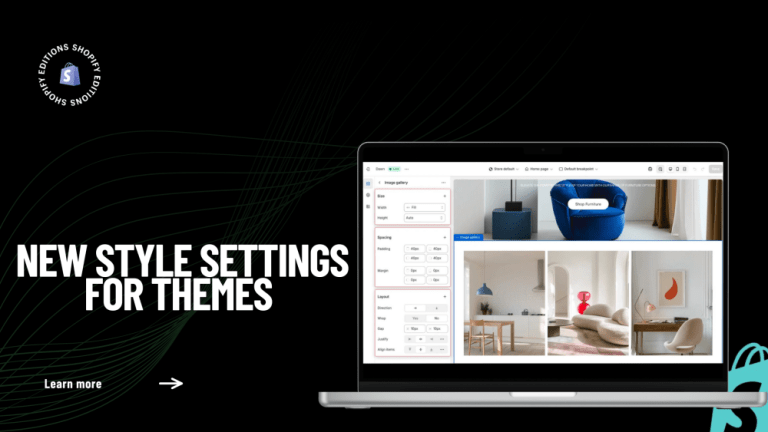Definition:
A Node.js application is a program or software solution written in JavaScript and designed to run on the Node.js runtime environment. Node.js allows developers to use JavaScript for server-side scripting, enabling the creation of dynamic and scalable web applications. These applications can handle various tasks, such as serving web pages, handling API requests, and managing server-side logic.
Key features of Node.js applications include:
1. Non-blocking I/O: Node.js is known for its event-driven, non-blocking I/O model. This means that it can efficiently handle a large number of concurrent connections without waiting for one operation to complete before starting another. This makes Node.js well-suited for building scalable and high-performance applications.
2. JavaScript on the Server-Side: Node.js allows developers to use JavaScript for both client-side and server-side development. This promotes code reuse, consistency, and a seamless transition between the front end and back end of an application. Developers can use the same language throughout the entire stack.
3. Vast Ecosystem (npm): Node.js has a rich ecosystem of packages and modules that can be easily accessed and managed through npm (Node Package Manager). npm provides a vast repository of pre-built modules and libraries, making it easy for developers to integrate existing solutions into their applications.
4. Cross-Platform Compatibility: Node.js is designed to be cross-platform, which means that it can run on various operating systems, including Windows, macOS, and Linux. This flexibility allows developers to build and deploy applications on different environments without significant modifications.
5. Event-Driven Architecture: Node.js uses an event-driven architecture, where events trigger the execution of functions. This model is particularly suitable for applications that require real-time updates and responsiveness, such as chat applications, online gaming, and collaborative tools.
6. Single-Threaded, Asynchronous Execution: While Node.js is single-threaded, it uses asynchronous programming to handle multiple concurrent operations efficiently. This is achieved through the event loop, which allows non-blocking execution of tasks and enables high concurrency.
7. Streaming Data: Node.js excels at handling streaming data, making it well-suited for applications that involve real-time audio or video processing, file streaming, and other scenarios where data is processed in chunks as it becomes available.
8. Community and Support: Node.js has a large and active community of developers. This community contributes to the continuous improvement of the platform, creates and maintains open-source packages, and provides support through forums and documentation.
9. Express.js Framework: Express.js is a widely used web application framework for Node.js. It simplifies the process of building robust and scalable web applications by providing a set of features and middleware for routing, handling HTTP requests, and more.
Installation Steps for a Node.js Application:
1. Install Node.js:
Download the recommended “LTS” version for your operating system (Windows, macOS, or Linux).
Run the installer and follow the on-screen instructions to complete the Node.js installation.

2. Create Your Node.js Application:

3. Write Your Application Code:
|
const http = require(‘node:http’); const hostname = ‘127.0.0.1’; const port = 3000;
//create server const server = http.createServer((req, res) => { res.statusCode = 200; res.setHeader(‘Content-Type’, ‘text/plain’); res.end(‘Hello World’); });
//enter port and hostname server.listen(port, hostname, () => { console.log(`Server running at http://${hostname}:${port}/`); }); |
4. Install Dependencies:
If your application requires external packages or libraries, use npm install package-name to install them. Replace package-name with the actual name of the package

5. Run Your Node.js Application:














